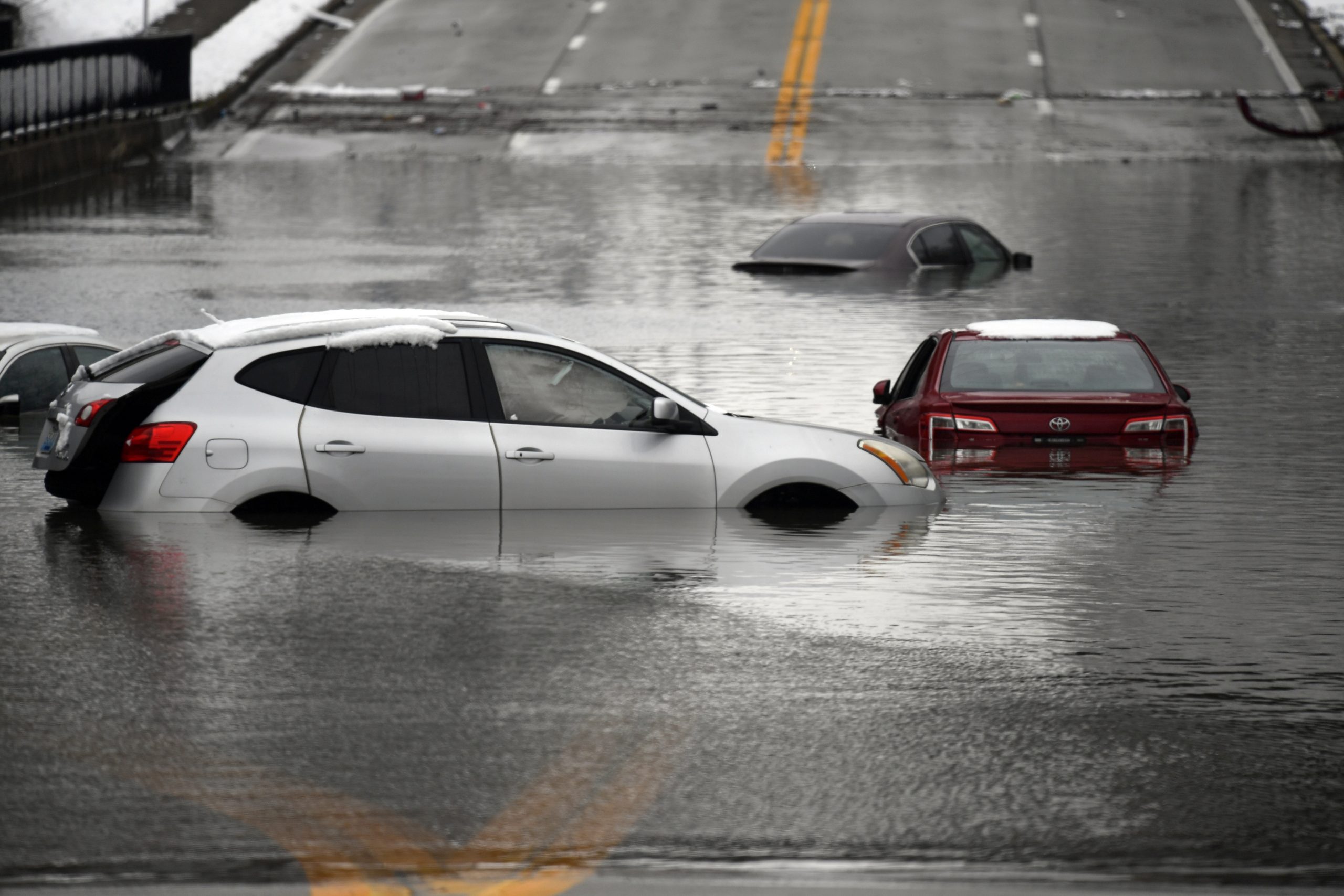This week, the southeastern United States has been battling extreme weather conditions, including severe flooding and harsh winter storms, leading to loss of life, currently at ten, and property damage. A series of devastating storms has swept through multiple states, including Kentucky, Georgia, Alabama, Mississippi, Tennessee, Virginia, West Virginia, and North Carolina, prompting widespread emergency responses.
Kentucky Faces Severe Damage
Kentucky has been hit particularly hard by the storms, with at least eight fatalities reported due to the extreme weather. Governor Andy Beshear confirmed that most of the deaths were the result of vehicles being swept away or trapped in floodwaters. Hundreds of rescue operations have been carried out to assist those stranded by the rising waters. In response to the crisis, President Donald Trump has approved a disaster declaration to fast-track federal aid for Kentucky’s recovery efforts.
Widespread Flooding and Flash Floods
The National Weather Service has described the situation as a “major, potentially historic, flash flood event,” affecting over 128 million people across the region.” Other states, including Arkansas and Virginia, have also faced intense rainstorms and flash flooding, which has required additional rescue operations.
Lingering Impact of Hurricane Helene
The ongoing flooding has been compounded by the lingering effects of Hurricane Helene, which struck the region in September 2024. In North Carolina, communities are still grappling with the aftermath of catastrophic flooding caused by unprecedented rainfall and hurricane-force winds. The town of Barnardsville, for example, saw over 50 homes destroyed, displacing numerous residents, according to the Guardian. Recovery efforts in many areas have been largely driven by local communities, relying on mutual aid and volunteer support due to delayed federal assistance.
Polar Vortex Brings Dangerous Cold
As if the flooding weren’t enough, the region is now bracing for life-threatening cold as a polar vortex descends on the area. The northern Plains and Rockies are expected to experience dangerously low temperatures, with readings plunging to -45°F (-42.7°C), and wind chills reaching a hazardous -60°F (-51°C), according to AP News. These frigid conditions are expected to complicate recovery efforts further, heightening the risk of hypothermia and frostbite among vulnerable populations.
As the southeastern U.S. grapples with these extreme weather events, local, state, and federal agencies are working tirelessly to provide assistance and ensure the safety of those affected. However, with both flooding and freezing temperatures in the mix, it is clear that the region faces an uphill battle in the days ahead.



